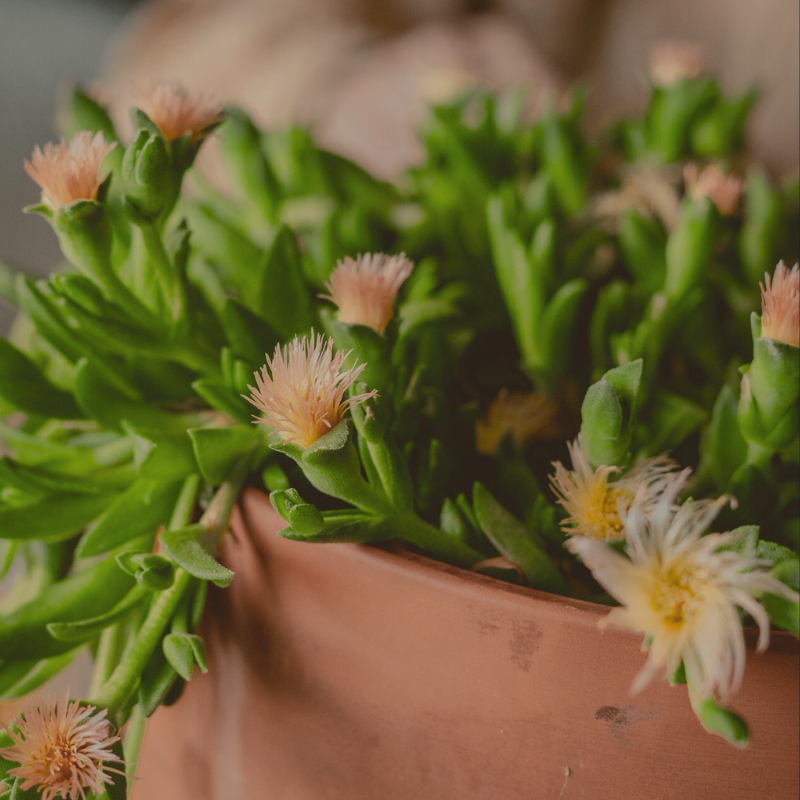

HISTORY OF KANNA
Exploring the Rich History of Kanna (Sceletium tortuosum)
Kanna, scientifically known as Sceletium tortuosum, is a succulent plant indigenous to South Africa. Dating back centuries, kanna has been cherished by various indigenous tribes for its medicinal and psychoactive properties.
The earliest records of kanna use can be traced to the indigenous San people of South Africa, who traditionally consumed the plant to alleviate hunger, thirst, and fatigue during long hunting trips. They would chew the plant material or brew it into a tea for its mood-enhancing and energizing effects.
Later on, the Khoikhoi people also adopted the use of kanna, incorporating it into their spiritual and healing practices. It was believed to have profound effects on mood, reducing anxiety and stress while inducing a sense of relaxation and euphoria.
The name, Kanna, is said to be named after the most the largest antelope in the world, the great Eland antelope. This animal has deep magical and historical significance for the Khoi and the San tribes. They revered this animal as a sacred symbol of spiritual power and abundance, symbolizing love, fertility, and transformation. They believed that consuming Kanna allowed them to connect with the spirit of the Eland, enhancing their hunting prowess and spiritual communion with nature.
European colonizers in the 17th century documented their encounters with indigenous tribes using kanna, noting its significance in tribal rituals and ceremonies. However, as colonial influence spread, the traditional use of kanna diminished, and it became relatively obscure outside of indigenous communities.
The father of Ethnobotany, Richard Evans Schultes, hyopthesized that there may have been tryptamine containing strains of kanna in the world during the time of Dutch exploration, which would have accounted for the visions. Others believe some of the more hallucinatory experiences were due to the mixing of cannabis with kanna in a smoking blend.
In recent years, there has been a resurgence of interest in kanna within the fields of ethnobotany and herbal medicine. Researchers have begun to explore its potential therapeutic applications, particularly in the treatment of anxiety, depression, and stress-related disorders.
Today, kanna is gaining popularity worldwide as a natural alternative for mood enhancement and relaxation. It is available in various forms, including extracts, capsules, and teas, catering to a growing demand for natural remedies for mental well-being.
As interest in traditional plant medicines continues to grow, kanna stands out as a fascinating botanical with a rich history and promising potential for modern applications.
